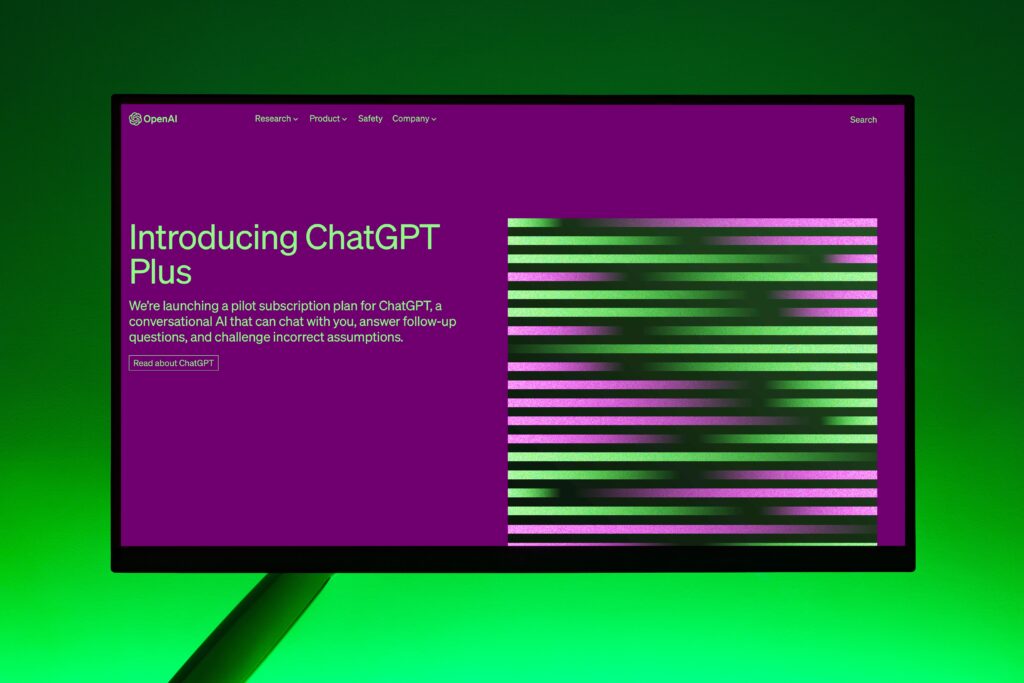Artificial intelligence has seen tremendous growth in the past few years, and large language models (LLMs) have been at the forefront of this advancement. With Microsoft set to release its much-anticipated GPT-4 next week, the AI community is eagerly awaiting the model’s new features and capabilities.
GPT-4 is expected to include multimodal models that can work with videos, among other features. It will also have a larger context window and improved reliability, leading to more accurate natural language processing. GPT-4 is also expected to have emergent features and improved image interpretation modes, making it a powerful tool for analyzing and generating visual content.

Microsoft’s acquisition of a 49% stake in OpenAI earlier this year shows the company’s commitment to advancing AI technology and competing with Google in this space. With GPT-4 set to be integrated into Microsoft’s products, the model’s impact on the industry could be significant.
One of the most exciting possibilities of GPT-4 is its potential to function in sensory modes, beyond text. This could open up entirely new possibilities for how AI is used and applied in various industries. Microsoft CEO Marianne Janik has emphasized that the goal of AI is not to eliminate jobs but to do routine activities in a novel way. With GPT-4 and other LLMs continuing to advance, there is a growing understanding of AI’s potential in the business world to boost productivity and simplify processes.
As LLMs and multimodal models continue to develop, the possibilities and options for AI will only continue to expand. The AI community can expect to see even more advancements in this space in the coming years, opening up new doors and possibilities for the future.
GPT-4 marks another significant turning point in the advancement of AI technology. With its new features and capabilities, GPT-4 is expected to offer a more powerful tool for natural language processing and image interpretation. The AI community can expect to see exciting developments in this space, as LLMs and multimodal models continue to evolve and expand the possibilities of AI.